Giles Curties: Post Art at Hartnoll & Daughter Gallery
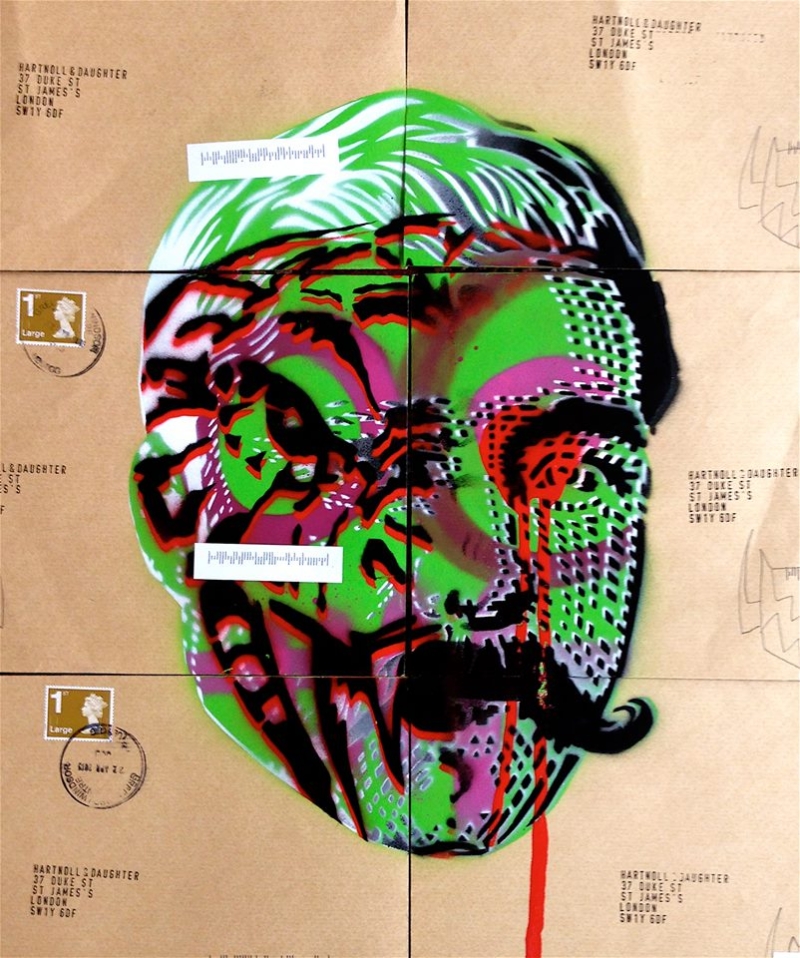
In this age of digital revolution, people are becoming more and more reliant on transient forms of communication, submersed in social media and emails. Through his new series Post Art, contemporary artist Giles Curties takes us back to the tangible romanticism of the letter, hand delivered through the post.
Post Art is a body of spray-painted and marker-penned brown paper envelopes, separated, stamped, franked and posted by Royal Mail to the Hartnoll & Daughter Gallery. Once put back together, 11 pieces of work are recreated from six envelopes each, drawing the viewer into a world of vibrant symbiotic creatures that merge into faces and feelings.
Giles Curties studied graphics at Central Saint Martins College of Arts and Design and worked as an art director in the fashion and film worlds as well as on a period of street art. His work is now studio-based using collage, spray paint, screen print line work, and multiple stencils transforming the image into a complex series.
Speaking outside the small and intimate gallery, Curties emphasised the “process” that went into Post Art. The depths of the series emerge from the various stenciled layers of colours, faces and creatures to the stamping and franking at the post office. This gives his work a sense of time and place that is permanently communicated while merging with the abstraction and movement of the piece. The postal process is certainly original, but inspired by the exercises of the Surrealists and Duchamp who put two inanimate objects together to create a work of art. In receiving the envelopes, the viewer is also involved in the creative process, highlighting Curties’ desire to communicate through his art.
Curties distances himself from the clean-cut work of urban artists, such as Blek le Rat and Banksy, by his layers of abstraction. Using sources from popular culture to the intricate studies of zoologists and botanists from the 1800s, several layers of stencils build up into anamorphic creatures; the face of a woman merges with a botanical study of a bee, and a skull haunts the background of a strange raccoon or bear-faced animal.
This intimate gallery experience allows you to see and purchase the creative process of Post Art in order to reconnect with an era of communication that can be kept and cherished. Fortunately, none of the pieces were lost in the post.
Emily May
Post Art is at the Hartnoll & Daughter Gallery until 6th June 2013. For further information visit the gallery’s website here.















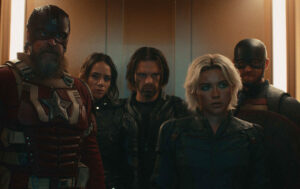
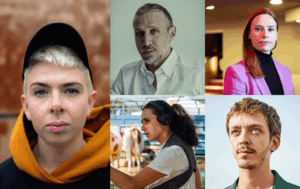
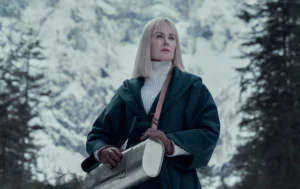
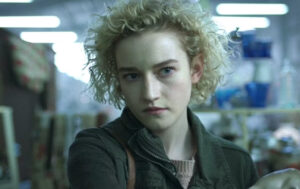
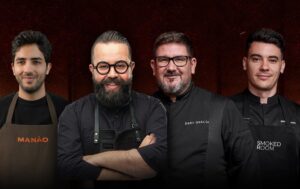




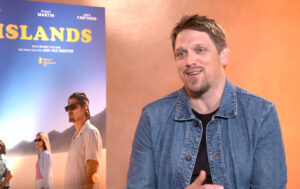
Facebook
Twitter
Instagram
YouTube
RSS